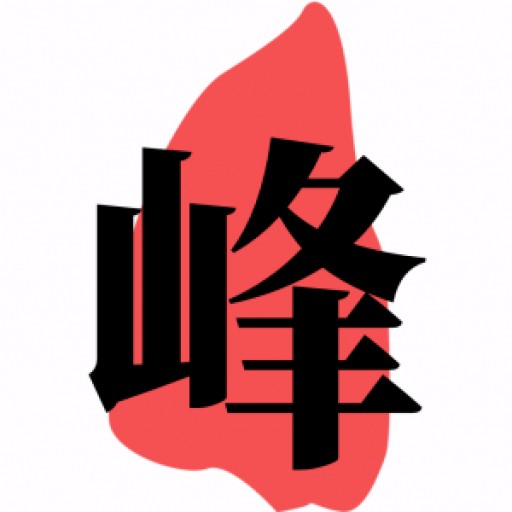1. 一般现在时
概念:通常、惯常发生的动作、行为或当前情况。
时间状语:always, usually, often, sometimes, every week (day, year, month…), once a week, on Sundays...
基本结构:①be动词(am/is/are);②行为动词(动词原形)
否定形式:①am/is/are + not;②在行为动词前加上don't,主语为第三人称单数时使用doesn't。
一般疑问句:①将be动词置于句首;②使用助动词do提问,主语为第三人称单数时使用does。
2. 一般过去时
概念:过去某个时间发生的动作用或持续的状态;过去的习惯性、惯常性的动作或行为。
时间状语:ago, yesterday, the day before yesterday, last week (year, night, month…), in 1989, just now, at the age of 5, one day, long long ago, once upon a time...
否定形式:①was/were + not;②在行为动词前加上didn't。
一般疑问句:①将was或were置于句首;②使用助动词do的过去式did提问。
3. 现在进行时
概念:表示当前正在进行的活动或动作。
时间状语:now, at this time, these days...
基本结构:am/is/are + 动词ing(进行时态)
否定形式:am/is/are + not + 动词ing。
一般疑问句:将be动词置于句首。
4. 过去进行时
概念:表示过去某个时间段或某一时间点正在进行或持续的动作或行为。
时间状语:at this time yesterday, at that time,或以when引导的句子(谓语动词为一般过去时)等。
基本结构:was/were + 动词ing。
否定形式:was/were + not + 动词ing。
一般疑问句:将was或were置于句首。
5. 现在完成时
概念:过去发生或持续至今的动作或事件对当前的影响或结果。
时间状语:recently, lately, since…for…,in the past few years...
基本结构:have/has + 动词过去分词(完成时态)
否定形式:have/has + not + 动词过去分词。
一般疑问句:have或has。
6. 过去完成时
概念:在过去某个时间点之前发生的动作或行为(“过去的过去”)。
时间状语:before, by the end of last year (term, month…)
基本结构:had + 动词过去分词。
否定形式:had + not + 动词过去分词。
一般疑问句:将had置于句首。
7. 一般将来时
概念:表示将来会发生的动作或存在的状况,或打算、计划或准备做某事。
时间状语:tomorrow, next day (week, month, year…),soon, in a few minutes, by…,the day after tomorrow...
基本结构:①am/is/are/going to + do;②will/shall + do
否定形式:①am/is/are + not + going to + do; ②在行为动词前加上will /shall+ not + do。
一般疑问句:①be置于句首;②will/shall提到句首。
8. 过去将来时
概念:基于过去某个时刻,从过去展望将来(常用于从句)。
时间状语:the next day (morning, year…),the following month (week…)
基本结构:①was/were/going to + do;②would/should + do
否定形式:①was/were/not + going to + do;②would/should + not + do。
一般疑问句:①was或were置于句首;②would/should提到句首。
值得注意的是,这些时态在某些情况下可相互转化...
1. 一般过去时与现在完成时的转化
在现在完成时,持续性动词可与表示一段时间的情况状语连用,而瞬时动词则不能。但有以下几种转换方式:
①瞬时动词用于“一段时间 + ago”的一般过去时句型中;
②瞬时动词可转换为对应的持续性动词或短语,可与一段时间连用;
③瞬时动词用于“It is + 一段时间 + since + 一般过去时”句型中,表示“自从…以来有…时间”;
④瞬时动词用于“Some time has passed since + 一般过去时”句型中。例如:
A、He joined the League two years ago。
B、He has been in the League for two years。
C、It is two years since he joined the League。
D、Two years has passed since he joined the League。
2. 一般现在时与现在进行时的转化
在一般现在时,at + 名词表示某种状态(如at work、at school)。该短语可转化为现在进行时态。例如:
Peter is at work, but Mike is at play。
Peter is working, but Mike is playing。
3. 现在进行时与一般将来时的转化
现在进行时的go, come, leave, start, arrive等动词与表示将来的时间状语连用时,表示即将发生的动作。例如:
The train is leaving soon。
The train will leave soon。
4. “be going to+动词原形”与“will(shall)+动词原形”结构的转化
“be going to+动词原形”表示打算、计划做某事;“will(shall)+动词原形”用于表示将来。当主语为第一人称时,书面语中常使用助动词shall。口语中,任何人称均可使用will。例如:
We are going to visit the Great Wall next Sunday。
We shall visit the Great Wall next Sunday。

